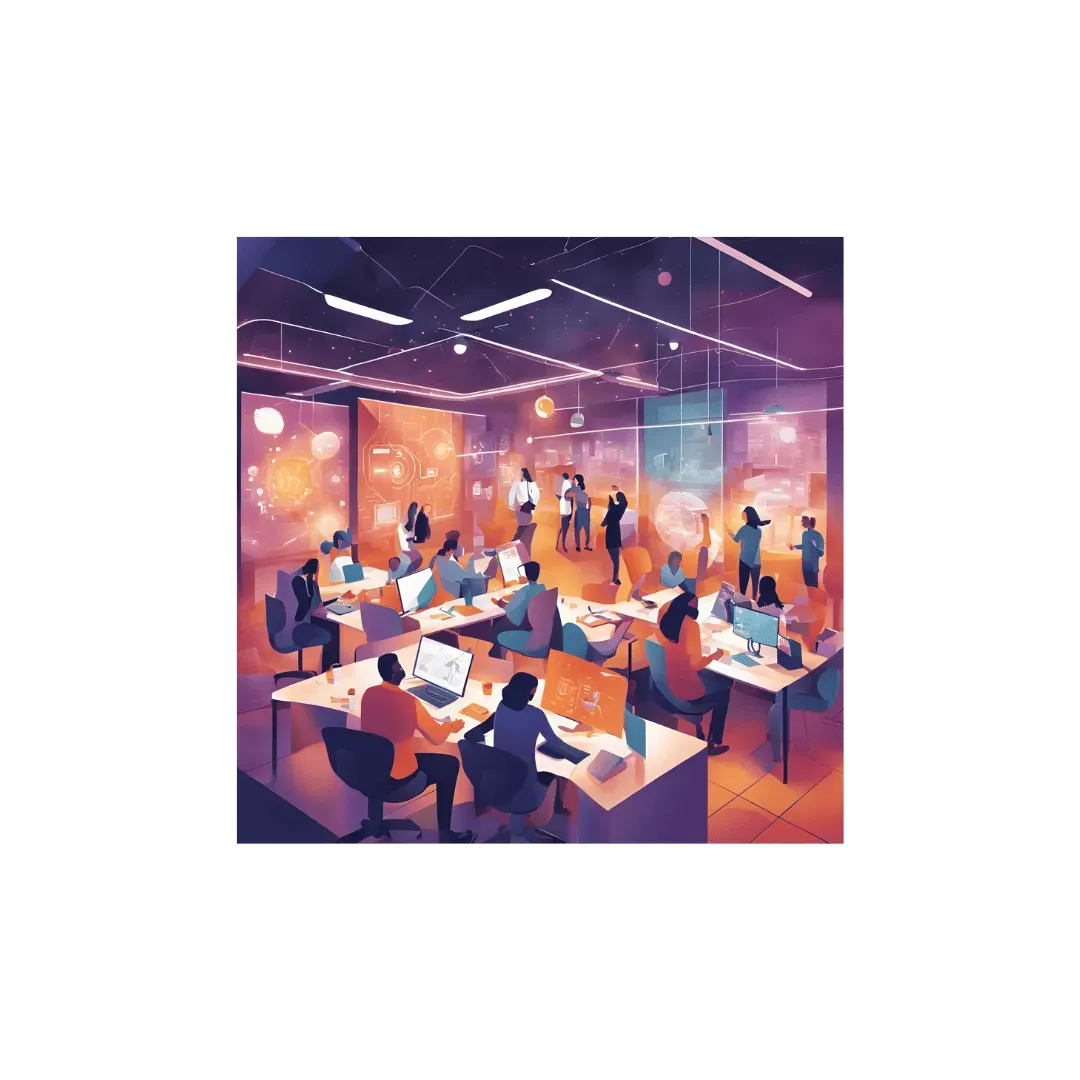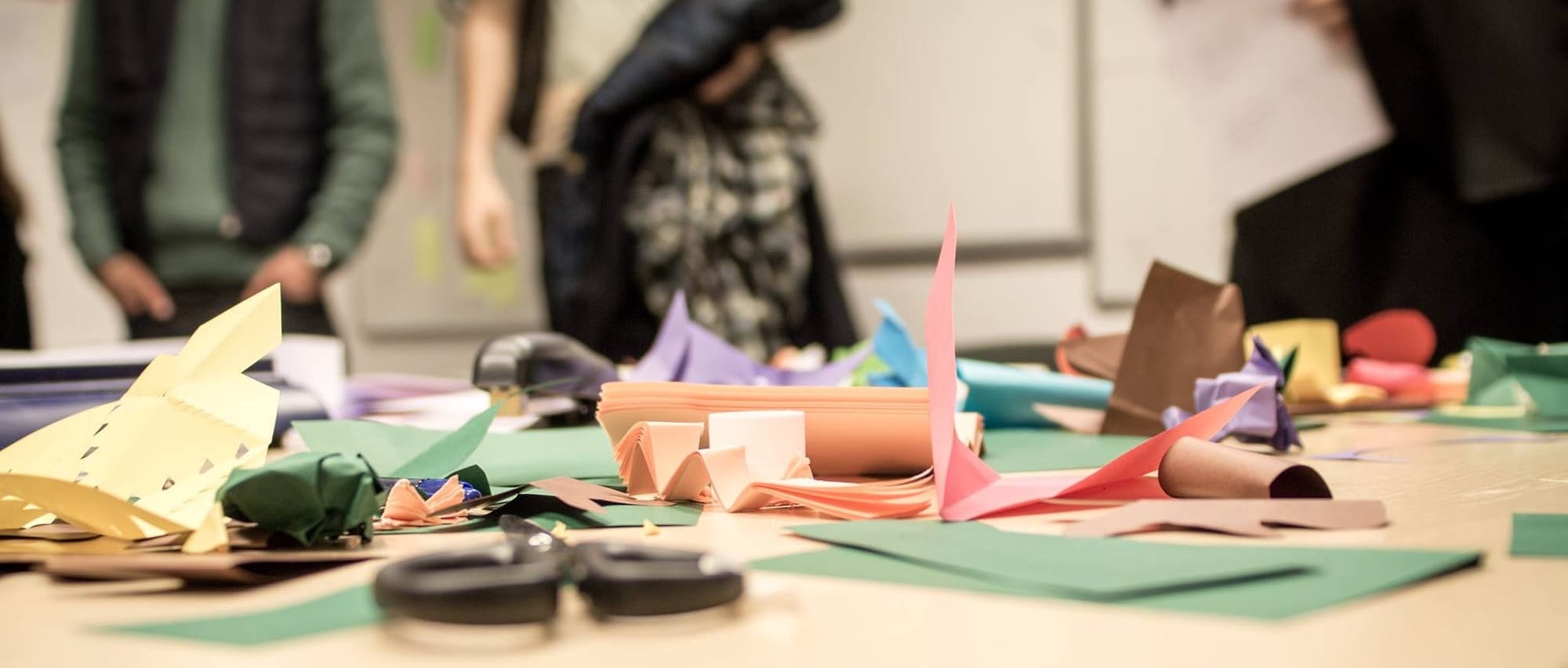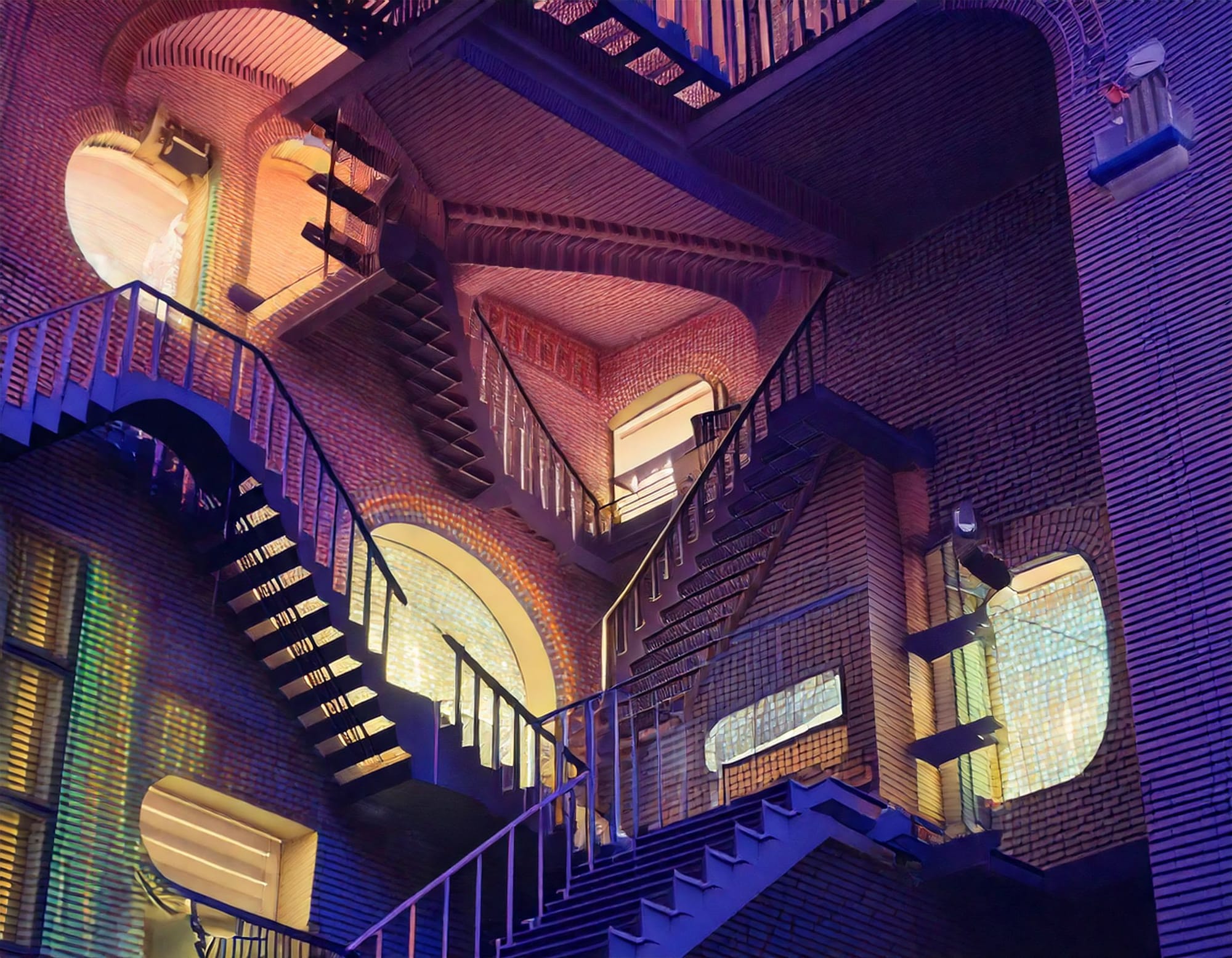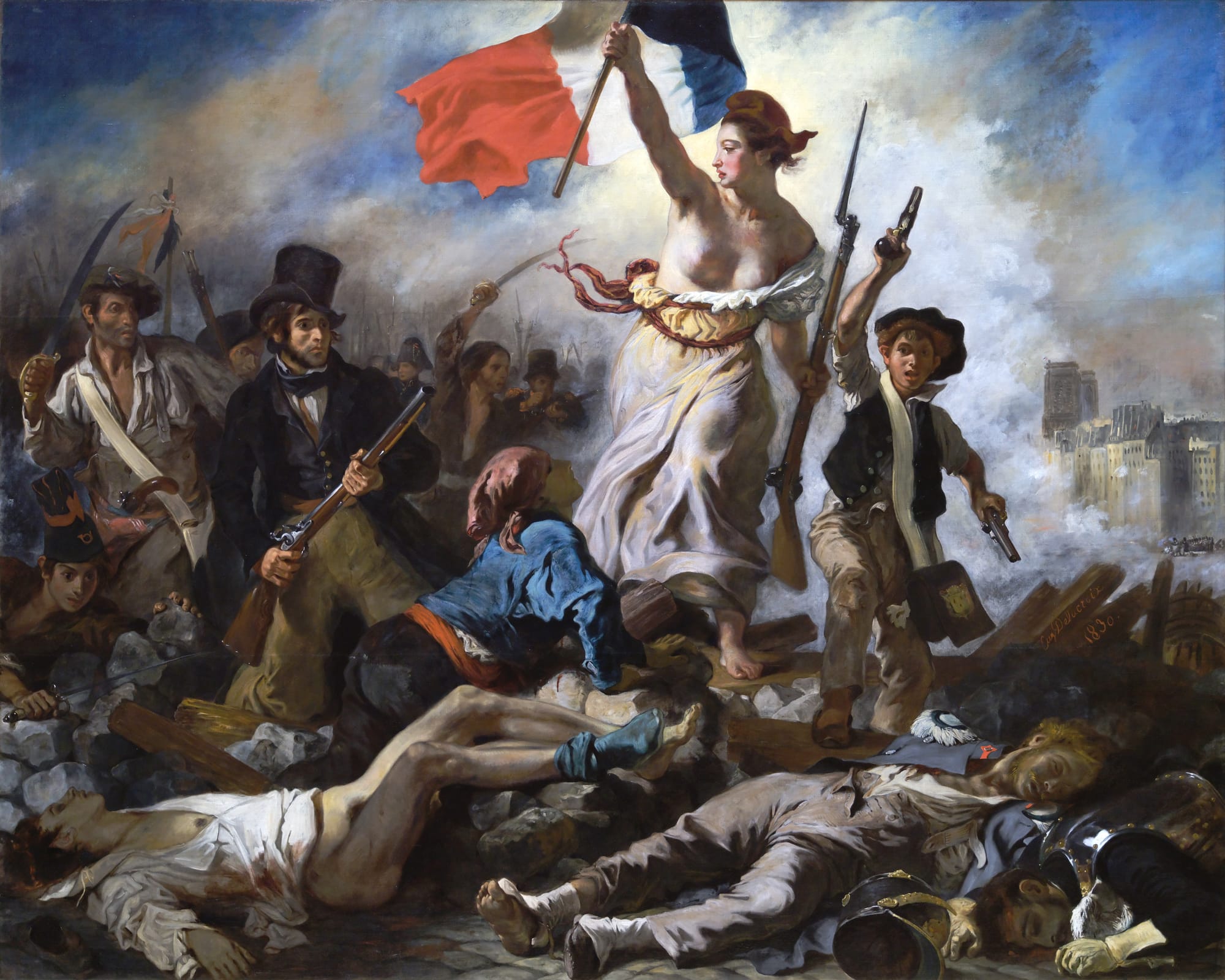A collection of essays reflecting on the current landscape of design and of the role of the designer.
Hi everyone, Kevin here.
Back in January, we opened up the second chapter of the State of Design project (SoD for short), with a call for contribution to the broader design community. And this is, for the second time, a big success.
There have been 17 people who registered to the call, and 7 final contributions submitted (8 if we count my own contribution). These are similar numbers to last year's SoD.
For an entire week, from February 24th to March 2nd, we published at least one contribution every day, with an average open rate over 40% from subscribed members –which is not bad for what is, basically, a spam-week enterprise.
But all these numbers mean nothing compared to the culmination of this year's chapter, the State of Design event.
Themes and topics
- Topographical understanding of designerly narratives ⛰️
- How do collective narratives shape perceptions of the designer's role in their downfall?
- Are design challenges rooted in external systemic issues rather than internal faults?
- How can we redefine the meaning and purpose of design in liminal, transitional spaces?
- United like sand. Defined by differences 🏝️
- What defines a designer in the face of diverse practices and perspectives?
- Can differences and repetitions, as proposed by Deleuze, help reshape our understanding of design?
- How can humour and irony offer counter-culture and autonomy in design?
- Catharsis and Hope 🔥
- What practices or approaches enable designers to "burn it all" and start anew?
- How do hope and catharsis contribute to evolving and transforming design paradigms?
- What new desires and anticipations can guide us in uncertain futures?

A collection of perspectives on the state of design, 2025
In the worlds within worlds of Design, the very way we make sense of what we do is changing.
Contributions
Here are all the contributions from our amazing members. Enjoy!
Adapt or Perish: Does Design Still Have a Future? by Rémi Garcia

Design, trapped in a logic of optimization and profitability, has lost its creative dimension to become a tool of control. As an heir to Taylorism and modernism, it continues to enforce efficiency standards that restrict experimentation and diversity of form. Yet, this trajectory is not inevitable. The history of design shows that it has always evolved in response to dominant ideologies. In the face of contemporary challenges, what comes next?
The Layers of Tomorrow, by Trisha Mehta

Design is at a threshold—caught between collapse and renewal. As the complexity of today’s challenges grows, traditional design methods are no longer enough. Climate breakdown, social inequality, and collapsing systems expose the limits of human-centred thinking in addressing wicked problems. The future, like a layered dream, unfolds unpredictably, revealing multiple possibilities.
This essay explores how we can navigate these layers—embracing complexity, mapping possible futures, and designing beyond the human perspective through participatory methods. At its core, it asks: How do we build for what’s possible, not just what’s known?
Utility in Tomfoolery, by Ami Mehta

Design is often weighed down by its own seriousness, bound by the expectations of professionalism, utility, and rigid rationality. But what if we approached design with the irreverence and playfulness of comedy? This essay explores how humor, satire, and irony—exemplified by the absurd automotive experiments of BBC's Top Gear—can serve as tools for inventive and liberating design thinking. By intentionally subverting conventional expectations, comedic design challenges typologies, provokes new ideas, and invites broader participation. It demonstrates how embracing failure with humor fosters resilience and creativity, allowing for designs that are reactionary, engaging, and delightfully unexpected. While comedy carries risks, its ability to disrupt norms and open new possibilities suggests that there is, indeed, utility in tomfoolery.
Norm-critical Participatory Design: Navigating the State of Design in 2025, by Sofia Lundmark

Design is never neutral, as it reflects and reinforces societal norms, values, and power structures. As the design field faces growing concerns about relevance and responsibility, norm-critical and participatory approaches offer ways to challenge dominant assumptions. Norms in design shape who gets to design, what is considered good design, and who benefits. By making these norms visible, norm-critical design questions exclusionary practices and provides alternative perspectives. Participatory design has long emphasized co-creation with marginalized groups, redistributing design agency, and ensuring that design is done with users, not just for them. In today’s rapidly shifting landscape, marked by technological change, economic uncertainty, and political tensions, such approaches become even more crucial. Without intentional inclusion, the design practice risks reinforcing dominant perspectives and excluding diverse voices. This contribution argues that norm-critical participatory design offers a path toward more just and inclusive design practices. By addressing implicit biases and engaging underrepresented groups, designers can create solutions that do not merely accommodate diversity but actively challenge exclusionary norms. In shaping the future of design, embracing these perspectives is not just an ethical choice—it is a necessity.
A necessary fire in the field of design, but there is still hope, by Pratik Joglekar

The concept of design involves transformation, which is a continuous process of renewal. It is important to start a fire in design, as we believe this is the only way to for a fresh start. The underlying idea is to embrace change and have the courage to stand by it. We must ignite this fire in our processes and reevaluate if there are more effective methods. With the emergence of new technologies, traditional approaches may not always be the most effective. A radical mindset can introduce fresh perspectives and applications.
This article serves as a reminder that we all need to renew our approach. It is a sincere call to awaken the creative designer within us and inspire them to think beyond the conventional methods.
Users Deserve More than Simplicity: a Minifesto, by Austin Wiggins

This article examines a dominant user experience (UX) design philosophy that prioritizes the simplicity of systems, and argues that these practices often treat users as incapable of engaging with deeper complex systems. Through an analysis of digital interfaces, the study demonstrates that oversimplified designs yield static and overly constrained systems, which in turn limit adaptability, stifle problem-solving, and erode user trust. The discussion calls for a paradigmatic shift toward design approaches that recognize and respect users’ agency and cognitive abilities by offering systems which grow with their uses and offers them choices to access that dynamism, thereby challenging established UX methodologies that favor control over empowerment.
From Ambiguity to Orchestration: Reimagining Service Design in the Enterprise, by Neha Mansinghka

Service design faces a critical inflection point in enterprise environments. Despite increasing adoption, its ambiguity creates challenges for practitioners who must translate human-centered principles into metrics while navigating complex enterprise realities.
This essay advocates for transforming service design practice—moving beyond "Service Designer" titles toward value-oriented roles like "Value Creation Advisor" that better articulate contributions. Through value clarity assessments, practitioners can determine if organizations truly value the intersection of customer experience, employee experience, and business objectives or prioritize only certain aspects.
The community must expand to include "hidden service designers"—professionals practicing service design principles without the formal title—creating strength through diversity. In enterprise settings, service design evolves from a specialized discipline to an orchestration function, coordinating teams toward value co-creation.
A pragmatic approach acknowledges organizational realities: some successful companies neglect aspects of the value triangle yet thrive. Service designers must meet organizations where they are, focusing on incremental wins while maintaining their seat at the table—particularly crucial for influencing AI development, sustainability & DEI.
Through strategic repositioning and narrative reclamation, service design can navigate enterprise complexity while preserving its human-centered core.
More Than Tools, More Than Humans: Rethinking How Design Actively Shapes the World, by Kevin Richard

Design is often seen as a human-driven process, where products, services, and interventions serve as neutral tools for change. However, new materialism challenges this perspective by emphasizing the agency of materials, infrastructures, and systems in shaping society. This article examines the intersection of design, sociology, and new materialist philosophy, exploring how designed artifacts are not merely passive elements but active participants in shaping behaviors, power structures, and cultural shifts. By integrating sociological insights, it calls for a more relational, systemic view of design—one that acknowledges the entanglement of human and non-human forces in the transformation of our world.
State of Design 2025 discussion: Exploring the Future of Design Together
Thanks for reading, and a very special thank you to all our amazing contributors: Rémi Garcia, Trisha Mehta, Ami Mehta, Sofia Lundmark, Pratik Joglekar, Austin Wiggins, and Neha Mansinghka!
Kevin from Design & Critical Thinking.













Discussion